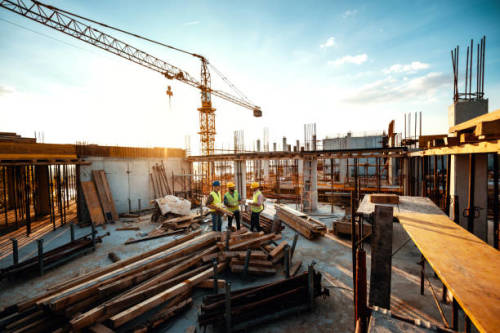Thermoforming
The majority of thermoforming production is by roll-fed machines. Sheet-fed machines are used for smaller batch volume applications. Larger production units have in house sheet extrusion and thermoforming equipment. Sometimes, due to the complexities in synchronising sheet extrusion equipment and the thermoforming unit, the two processes can be carried out independently of each other. The extruded sheet being produced in advance of thermoforming schedules.
With very large volumes in a fully integrated in-line, closed loop system can be justified. The extrusion line is fed with plastics raw material, with extruders feeding sheet directly into the thermoforming machine.
The plastic sheet is softened at the heating station. It then indexes to the forming station where the mould tools are located. The forming of the sheet is by a combination of air pressure and male core plugs. Certain designs of thermoforming tool facilitate the cropping of the article being formed within the thermoforming tool. Greater accuracy of cut can be achieved by this method due to the article being produced, and the skeletal (scrap), not having to be re-positioned. Alternatives are where the formed sheet, including skeletal, are indexed to the cropping station where excess material is cut away to be recycled into flake and fed back into the extruder.
The high volumes of articles being produced demand that a parts stacker is integrated into the forming machine. Once stacked the finished articles are then packed into boxes for transportation to the end customer. The separated skeletal is either wound onto a mandrill, for subsequent chopping, or passes through a chopping machine which is in line with the thermoforming machine.
Many thermoplastics can be thermoformed, they include Polystyrene, Polypropylene, Apet, Cpet, and PVC. EVOH is commonly incorporated into a co-extrusion for its superior barrier properties in food. Co-extrusions of these materials are commonly used to provide precise properties for specific applications.



















